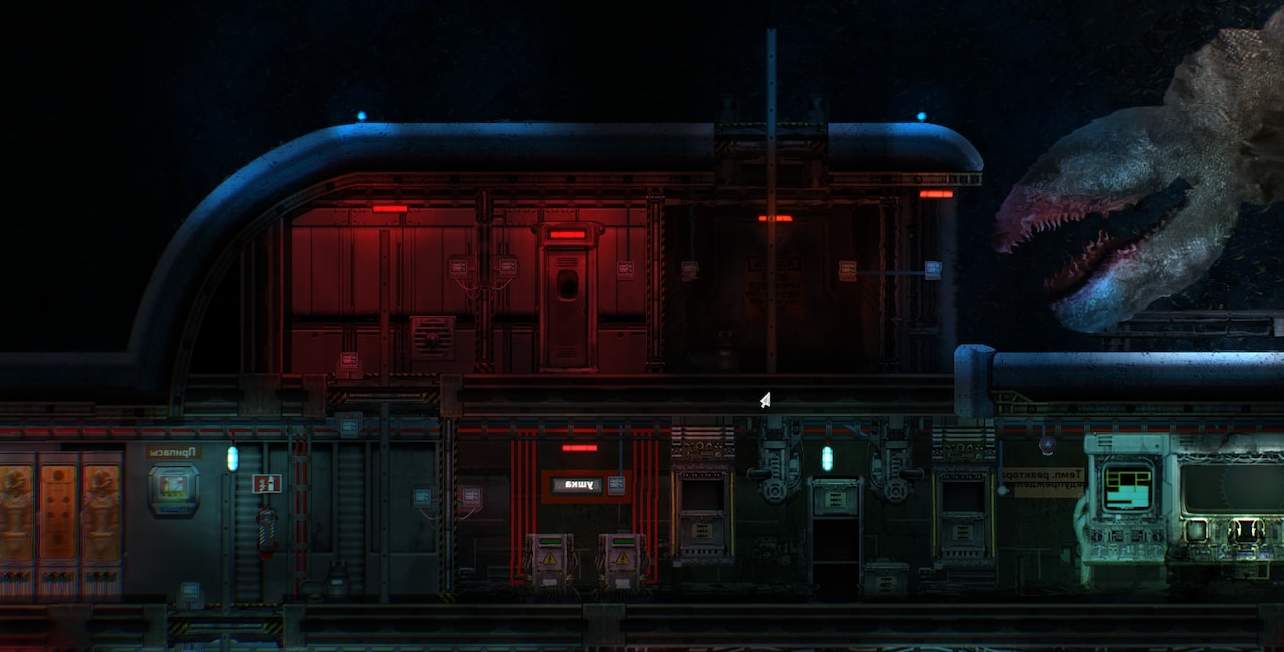


The lungs are most adversely affected by declines in lung capacity in the first 10 meters (32.8 ft) with a 50% reduction. At 40 meters (131.2 ft), water pressure will be 5 ATA, and air pressure will exert a force of 73.5 lbs/in, causing a decrease in lung capacity by 80%. At 30 meters (98.4 ft), water pressure will be 4 ATA, and air pressure will exert a force of 58.8 lbs/in, causing a decrease in lung capacity by 75%. At 20 meters (65.6 ft), water pressure will be 3 ATA, and air pressure will exert a force of 44.1 lbs/in, causing a decrease in lung capacity by 67%. At 10 meters (32.8 ft), water pressure will be 2 ATA, and air pressure will exert a force of 29.4 lbs/in, causing a decrease in lung capacity by 50%. For every 10 meters (32.8 ft) of depth into the sea, the water pressure will increase by 1 ATA. At sea level (0 meters, 0 ft), the air pressure exerts a force of 14.7 lbs/in or 1 atmosphere absolute (1 ATA). Plainly stated, as pressure increases on the descent, the volume must decrease, and as pressure falls on the ascent, the volume must increase. EtiologyĪccording to Boyle’s law, which states that at a constant temperature, a volume of a gas varies inversely with the pressure to which it is subjected, P1V1= P2V2. Complications include local infiltration of gas into the damaged tissue or local circulation interfering with organ function or resulting in circulatory compromise. Damage occurs due to over tension or shear forces from the expansion of the gas within or by pressure hydrostatically transmitted through the tissues.

Barotrauma is an injury inflicted by a difference in pressure between a gas inside or outside the body and the pressure of the surrounding gas or fluid. Pulmonary barotrauma most often occurs during ascent and is due to lung overexpansion when a SCUBA diver returns to the surface without exhaling or when the air becomes trapped in the lung. It can happen during descent (negative pulmonary barotrauma or lung squeeze) or during ascent (positive pulmonary barotrauma is also known as pulmonary overinflation syndrome (POIS).
BAROTRAUMA LUNGS FREE
Pulmonary barotrauma can occur during self-contained underwater breathing apparatus (SCUBA) diving or free diving. Pulmonary barotrauma is a potential diving injury. The workers would often have intense back pain that left them bent over, which is how caisson disease earned the nickname "the bends." This was due to their being rested at the start of the shift compared to being exhausted when the workday was through. The caisson workers often said that they felt well while working. These symptoms included dizzy spells, difficulty breathing, and sharp pain in the abdomen or joints. Symptoms of caisson disease were observed among bridge workers after finishing their shifts underwater and coming back to the surface. Diving as a profession can be dated back to more than 5000 years, yet diving-related diseases were not described until Paul Bert wrote about caisson disease in 1878. Many people dive for recreation, competitive sport, commercial employment, and military training. It is enjoyed by novices and professionals alike. Outline interprofessional team strategies for improving care coordination and communication when dealing with diving, pulmonary barotrauma, and improve outcomes.ĭiving in open waters is popular.Explain the treatment and management options available for diving pulmonary barotrauma.Review the evaluation of diving pulmonary barotrauma.Identify the etiology of diving pulmonary barotrauma.This activity reviews the diagnosis, management, and treatment of pulmonary barotrauma related to SCUBA diving highlights the role of the interprofessional team in the care of patients with this condition. Pulmonary barotrauma related to self-contained underwater breathing apparatus (SCUBA) diving is due to lung overexpansion when a diver returns to the surface without exhaling or when the air becomes trapped in the lung.


 0 kommentar(er)
0 kommentar(er)
